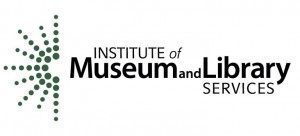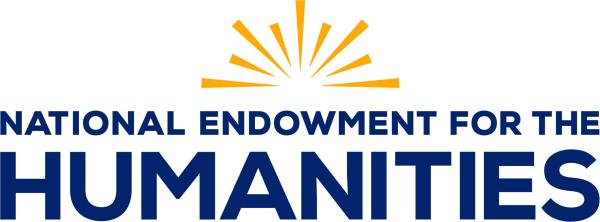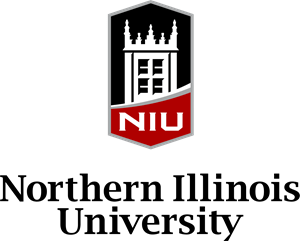The official theme for the day was “Resource Alignment & Capacity Alignment”… but the discussions were all about cold, hard, cash, whether in the form of ACTUAL cash or invested in resources like people or equipment.
Panel 2: Neil Grindley (JISC), Tom Cramer (Stanford/DuraSpace), Sabine Schrimpf (nestor), Tom Wilson (U Alabama/ADPNet)
What is the most economical deployment of our resources?
- Can we afford to do preservation?
- As much as we need to?
- Things will be lost. Life goes on. We can’t preserve everything.
- Preservation gains value from heterogenaiety (of processes, software, hardware, etc.)
- We can’t afford to do DP on everything–that’s a good thing. Ongoing demonstrated value of DP activities is necessary.
- DP requires choices and active measures, i.e. TRIAGE.
- If you had more money, would you preserve more? Staff bottlenecks–they can’t do more work than they already are at present staffing.
- Is it worth it to collaborate on DP internationally? Maybe. We need a business case. Common solutions to common problems. This is good for getting on the agenda of decision-makers.
- Also important: finding metrics for measuring outcomes.
- Scoping expectations for any collaborations–where are we heading?
- Yes, working with other people is really a PAIN. And yet: Saying: go fast alone, go far together.
- Collaborating is still the best option. The problem is too big to go it alone.
- We’re better at coordinating than collaborating.
How do we get DP noticed / FUNDED?
- Goal: CORE FUNDING LINES.
- Need for blurred boundaries in our organizations on occasion. Sweat equity that goes across multiple staff.
- Don’t create silos of expertise! Educate MORE people. Cross train staff & administrators. Strategic money decisions then come from input across the whole organization.
- Follow the funding chain.
- Digital assets/objects: They have implicit value and liabilities. This is critical in selection and appraisal. Organizations have difficulty deciding what is valuable.
- At ‘Bama, they focused on special collections digitization projects exclusively for ADPNet. Workflows were a big issue: where are duplications identified? How were they defined?
- Line item–could lead to administrative veto. Sell them on work we’re already doing. Cultural memory work total, of which this is a part.
- Risk mitigation model: this is also “insurance”
- A piecemeal approach may be okay.
- There is a BIG distinction between “asset management” and “digital preservation” Organization is NOT preservation, and we need to make this clear.
- Consider neglected communities: such as ALL your suppliers.
- Business language is not always comfortable for us, but we should really frame this as leveraging assets to pay for liabilities.
- Return on investment/ the value of scholarship isn’t the question. The question is WHY DOES IT COST SO MUCH?
- In our language, we need to not make single arguments.
- Our audience needs a temporal framework (e.g. preservation for hundreds of years, new formats last few decades)
- We need to consider the externalization of costs: producers of content are not doing triage/selection of any kind right now.
- Our costs come from lack of metadata at submission, i.e. setup costs.
- What can we STOP doing, how can we realign, reassign our resources to kill this bottleneck?




